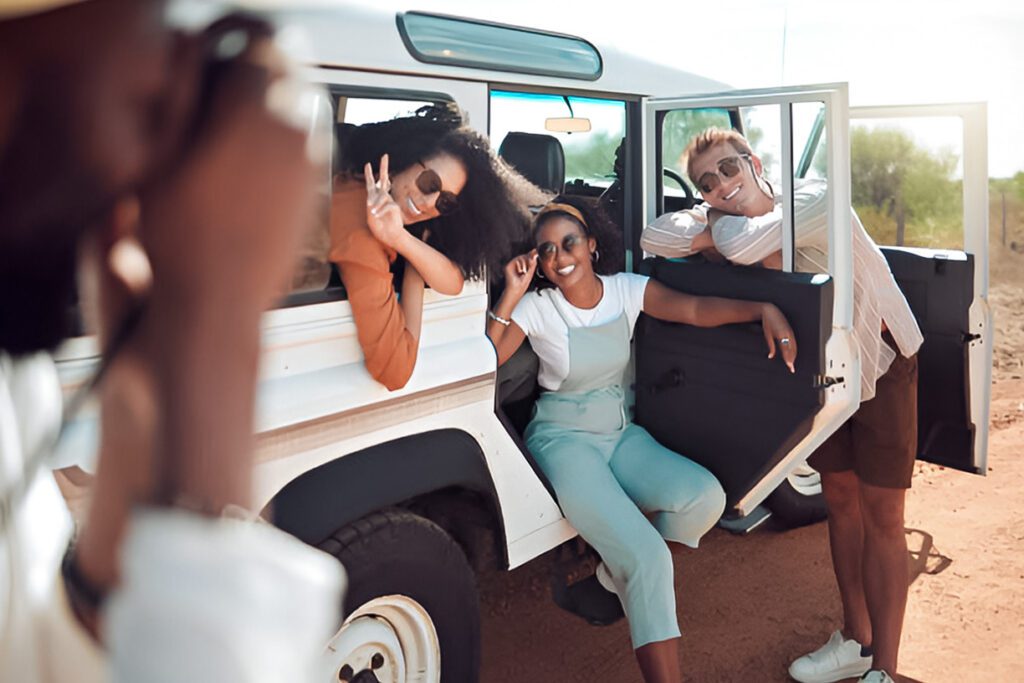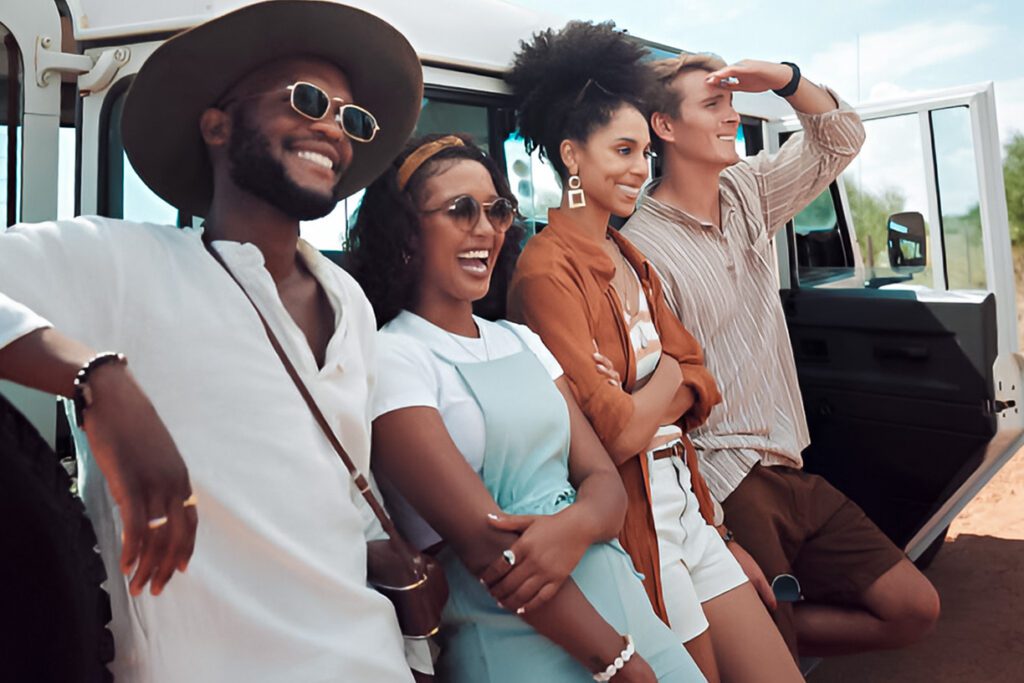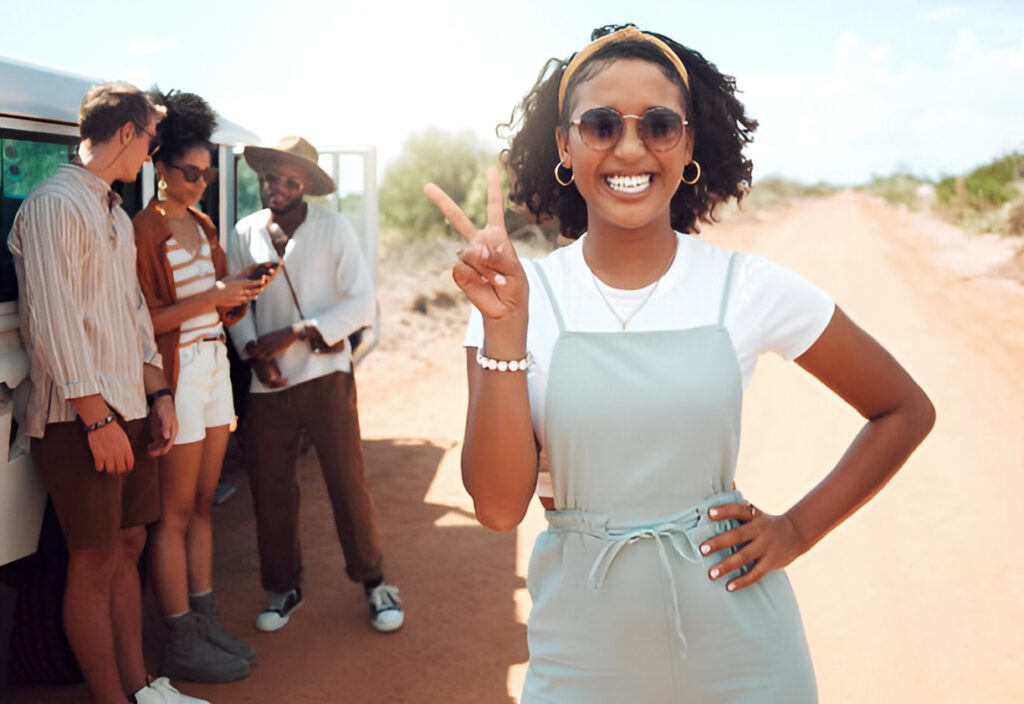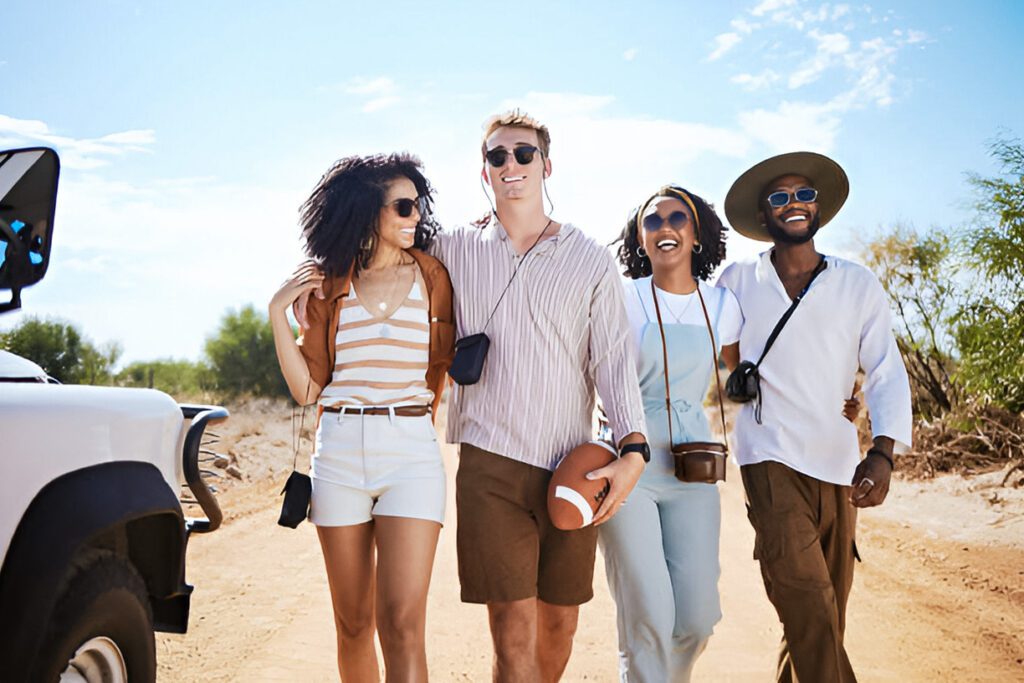Submit Your Photo Essays
A picture is worth a thousand words, and a series of pictures can tell an incredible story. At Travel to Alkebulan, we invite photographers and travelers to share their African journeys through captivating photo essays. If you’ve captured the vibrant essence of Africa – be it the warm smiles of locals, breathtaking landscapes, bustling markets, or extraordinary wildlife – this is the place to showcase your work. Our readers love to immerse themselves in visual stories. By submitting a photo essay, you can inspire others to explore Africa’s beauty and diversity, one image at a time. Below, you’ll find guidelines on the types of photo essays we’re looking for, how to prepare your submission, and what to expect in terms of credits and publication.

Types of Photo Essays We Love
We’re looking for photo essays that paint a vivid picture of travel in Africa. Your photo story can focus on a specific theme, location, or experience. Here are some examples of themes and topics that resonate with our audience:
Cultural Festivals & Traditions: Did you document the colors and rhythms of a West African festival, a traditional wedding in Ethiopia, or daily life in an indigenous community? We love essays that celebrate culture – from Maasai beadwork to Yoruba festivals – with respectful, insightful imagery.
Wildlife and Nature Adventures: Perhaps you’ve gone on safari and captured a breathtaking moment with elephants at sunset, or you trekked the Ugandan rainforest to find mountain gorillas. Wildlife and landscape photo essays (national parks, mountains, deserts, waterfalls) are always welcome, especially when they highlight conservation or the thrill of encountering nature.
City Life & Urban Scenes: African cities are bursting with energy and character. Show us the street art of Cape Town, the night markets of Marrakech, the skyline of Nairobi at dawn, or the everyday scenes of Lagos’ busy streets. Urban-focused photo essays that reveal the modern, eclectic side of Africa can break stereotypes and surprise our readers.
People and Portraits: Sometimes a story is best told through the faces of the people you meet. Candid portraits or profiles of locals – artisans at work, children at play, elders sharing stories – can be deeply engaging. If you have a series of photos focusing on the people of a region and their way of life, consider crafting it into an essay (with their permission, of course).
Off the Beaten Path: Have you visited a remote village, an under-the-radar attraction, or taken an unconventional journey (like cycling across a country or taking a long-distance train)? Photo essays that showcase lesser-known experiences or destinations in Africa are highly encouraged. You might introduce our audience to a place they’ve never heard of – and spark their desire to visit.
Thematic Journeys: You can also build a photo essay around a theme like “Culinary Adventures across Morocco” (documenting food and markets), “Spiritual Sites of Ethiopia” (churches, mosques, temples), or “Journey Along the Nile” (covering multiple locations tied to the river). The key is that your images collectively tell a story or explore a concept in depth.
If you’re passionate about a different type of story not listed above, don’t worry! As long as it involves Africa and has a cohesive theme, we’d love to see it. The most important thing is that your photos together convey a narrative or message, rather than just a random collection of vacation snaps.

Photo Essay Requirements (Images & Specs)
To ensure your photo essay looks its best on our site, please adhere to the following guidelines regarding images and quality:
Number of Photos: Aim to include between 8 to 15 photos in your essay. This range is typically enough to tell a complete story without overwhelming the viewer. If you have a bit more, we can be flexible (up to around 20 max), but 8-15 is the sweet spot.
Image Quality: Photos should be high resolution and clear. Ideally, images should be at least 1200 pixels wide (the larger, the better for quality, but keep individual file sizes reasonable). Submit your images in JPEG (JPG) or PNG format. We recommend JPEG for a good balance of quality and file size.
Orientation: We welcome both portrait and landscape orientation shots. A mix can be nice for visual variety. However, keep in mind that very tall vertical images or very wide panoramas might display smaller or be cropped on certain devices. We suggest including a majority of landscape (horizontal) shots if possible, as they often display best in web layouts.
Color and Editing: Feel free to edit your photos for brightness, contrast, color correction, etc., but avoid heavy filters that distort reality. We prefer natural-looking images that reflect the true scene. Black-and-white sets are also welcome if it suits your story’s mood.
No Watermarks: Please do not include watermarks or text overlays on your photos. We will credit you prominently (see the Rights and Credits section). Unwatermarked images ensure a clean, professional presentation on our site.
Originality: Only submit photos that you have taken yourself or have full rights to. We cannot accept images that are copyrighted to someone else or taken from the internet. By submitting, you are confirming that you are the photographer or have explicit permission to use the photos.

Narrative and Captions
A great photo essay combines stunning visuals with a bit of context to guide the viewer. Here’s how to incorporate text into your photo essay submission:
Introduction Paragraph: Begin your photo essay with a short introduction (approximately 150-300 words). This introduction should set the scene and tell readers what the story is about. For instance, you might introduce the where/when/what of your journey and why it was significant. The intro is your chance to hook the audience’s interest and provide any background information they might need to fully appreciate the images.
Captions for Each Photo: Each image should have a caption or description (one sentence to a short paragraph) explaining what’s depicted. Captions can provide context, share an interesting fact, or convey your personal reflection about the moment. For example, if a photo shows a market scene, the caption might be “Morning bustle at the Maasai Market in Arusha – locals and tourists alike haggle for handmade crafts and fresh produce.” Good captions enhance the story by pointing out details or explaining the significance of the photo in the broader narrative.
Story Flow: Arrange your photos in a logical order that makes sense to the viewer. It could be chronological (the order events happened) or thematic (grouping by sub-themes). We often find that a chronological journey – from the start of your experience to the end – helps readers follow along. Make sure to mention in your submission if the photos need to appear in a specific sequence. Numbering your files (“01.jpg”, “02.jpg”…) in the intended order is very helpful.
Keep Text Concise: While we want enough detail to understand the context, remember that the photos are the star. Captions should be informative but relatively brief. If you have a lot to say about a particular image, consider if that can go in the intro or a concluding paragraph instead.
Optional Concluding Remarks: Some photo essays benefit from a brief conclusion or takeaway after the images. This could be a 1-2 sentence wrap-up sharing what you learned or encouraging readers to visit that place. This is optional but can nicely bookend the essay.

Submission Process
We’ve tried to make submitting a photo essay as smooth as possible. Here’s how you can send us your work:
Email Your Pitch or Essay: Start by sending an email to story@traveltoalkebulan.com with the subject line “Photo Essay Submission – [Your Topic/Location]”. In the email, introduce yourself and give a brief overview of your photo essay idea. If you already have the photos ready, you can describe the set (e.g., “15 photos from my hike in the Atlas Mountains showing Berber villages and mountain landscapes”). You may attach 2-3 sample images (in low resolution) to give us a teaser. Please do not attach all your high-res images directly to the email – large attachments might bounce. Instead, see the next step for sharing your full set.
Share Your Photos Securely: We prefer that you upload your collection of photos to a cloud service like Google Drive, Dropbox, or WeTransfer. Ensure the files are named and in the order you want them viewed. Then, include the share link in your email. Make sure the link permissions are set so we can view/download the images. If you’re not sure how to do this, just ask in your email and we can guide you.
Include Captions and Text: You can either send the introduction and captions in a Word/Google doc or paste them in the email body (with each caption labeled to match the corresponding photo filename). Organizing text and photos clearly helps us understand your vision for the essay.
Review and Feedback: Once we receive your submission, our editorial team will review the photos and text. We’ll check for quality, relevance, and how well the story fits our platform. We aim to respond within 1-2 weeks. If we love your photo essay, we’ll likely accept it as is or with minor suggestions. If we see potential but think some changes are needed (maybe selecting the strongest images or tweaking captions), we’ll provide feedback. In some cases, if an essay isn’t the right fit, we’ll let you know politely.
Editing and Approval: For accepted essays, we may do some light editing on captions or the intro for clarity or length. We might also discuss with you if we feel a particular image would work better as the “cover” image (the one that might appear as the header). We value your input in this process – after all, it’s your story! We will never alter your photos beyond minor brightness/color adjustments if needed, and we wouldn’t crop or edit them without checking with you.
Publication: Once everything is finalized, we’ll schedule your photo essay for publication on Travel to Alkebulan. We’ll inform you of the go-live date. When published, each photo will be displayed with its caption, and you’ll be credited clearly (typically with a byline at the top or bottom of the article, plus a mention in captions if appropriate). We’ll also promote the essay on our social media channels to get more eyes on your beautiful images.
Feel free to reach out with any questions during the process. We’re here to help you share your story in the best light (quite literally!).

Rights and Credits
We understand how important your photographs are to you. Here’s what you can expect regarding copyright and credit:
Your Rights: You retain full copyright ownership of all photos you submit. Submitting to Travel to Alkebulan does not transfer ownership to us. What you are granting us is a license (permission) to publish those images on our website (and related social media to promote the essay) if your photo essay is accepted. We will never sell your photos or allow others to use them from our site without permission. If, in the future, we or someone else wants to use your photos for something beyond this submission (for example, in a printed magazine or an ad), we would contact you to discuss permissions and licensing separately.
Credits: We will make sure you get proper credit for your work. Typically, we create an author byline for you at the top of the photo essay page (e.g., “Photography by [Your Name]”) along with your introduction. We can also include a short bio if you’d like (feel free to provide one, one or two sentences about you, and a link to your portfolio or Instagram). Additionally, within the essay, we may note your name at the end of the captions or in a general credit line. The bottom line: everyone will know who shot these amazing photos.
Exclusivity: We kindly request that the photo essay you submit to us has not been published in full elsewhere. It’s okay if you’ve posted one or two of the photos on your personal blog or social media. However, the collection as a whole and the narrative should be original to Travel to Alkebulan. After we publish, you’re welcome to share the link to the essay far and wide. If you later want to use the photos in another project, you have every right to – we don’t require permanent exclusivity. We just ask that, for a reasonable period (a few months after publication), you don’t publish the exact same essay on another competing website. This helps keep your work special to our readers for a while.
Photo Release: If your photos include recognizable people, especially close-up portraits, please ensure you had their permission to take and share the photo (a formal model release isn’t always feasible in travel contexts, but at least verbal permission is good practice). This is part of ethical photography and protects both you and us.
Our Promise: We will respect the integrity of your images. Aside from resizing for web optimization and possibly minor adjustments, we won’t alter your work. And if at any time you have concerns about how your photos are used on our site, you can contact us and we’ll address it promptly.

Join Our Visual Storytelling Community
We are excited to see Africa through your eyes. Every photo essay is a chance to transport someone to a place they’ve never been, or to show a familiar place in a new light. By contributing your photo essay to Travel to Alkebulan, you become part of a community of storytellers and explorers who are passionate about the African continent.
Ready to share your journey? Email us at story@traveltoalkebulan.com with your photo essay proposal or questions. We’re eager to help you publish your work and inspire others with the splendor of Africa. Thank you for considering Travel to Alkebulan as the home for your photo story – we can’t wait to embark on this visual adventure with you!


